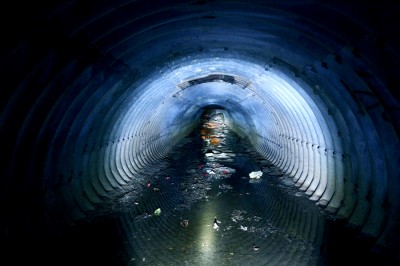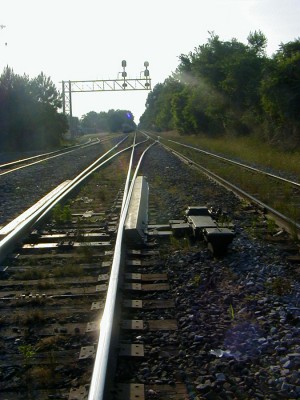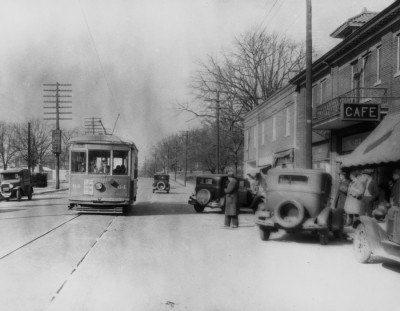Into the Abyss
The Raleigh I grew up in was a small dusty, small southern capital where most everyone knew everyone. Part of the circle included the son of the taxidermist at the old Museum of Natural History who imparted to his son a knowledge and appreciation for the natural world. Carl’s decidedly New Orleanian, Charlestonesque flavored rental on North Street provided a locus for our detailed weekend explorations of that world frequently involving Raleigh’s numerous subterranean conduits, local manifestations of urban waterways buried in concrete coast to coast spawned by a now-contested gestalt that nature was an entity to be separated from. This segregation, while bad for the life of streams proved an irresistable benefit to us growing up near downtown Raleigh, illustrated by a chum I found in a storm drain down from Wiley before and after school.




 Sign up for the Newsletter
Sign up for the Newsletter